“A cinematographer is a visual psychiatrist–moving an audience through a movie […] making them think the way you want them to think, painting pictures in the dark,” said the late, great Gordon Willis. As we continue our year-end coverage, one aspect we must highlight is, indeed, cinematography. From talented newcomers to seasoned professionals, we’ve rounded up the examples that have most impressed us this year. Check out our rundown below.
An Easy Girl (Georges Lechaptois)
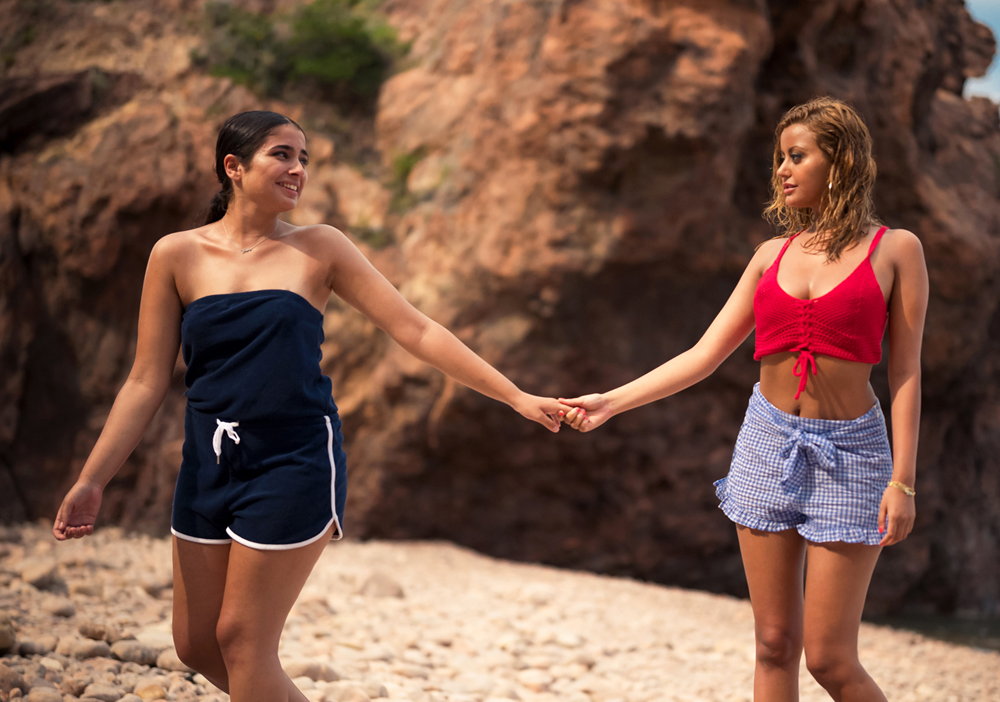
The French Riviera is the fitting location for this tale of sexual discovery and class criticism. Georges Lechaptois’ frames are gorgeous not just because of the landscape––we have reoccurring overhead shots of the crystal-blue tides rustling against the beach where characters lay––but the juxtaposition of the quiet life out on the sea. The sun-soaked vistas at lunch are as lively as the quiet, sensuous nights the lovers spend in their dimly lit rooms aboard the yachts where they sleep. – Erik N.
Bacurau (Pedro Sotero)
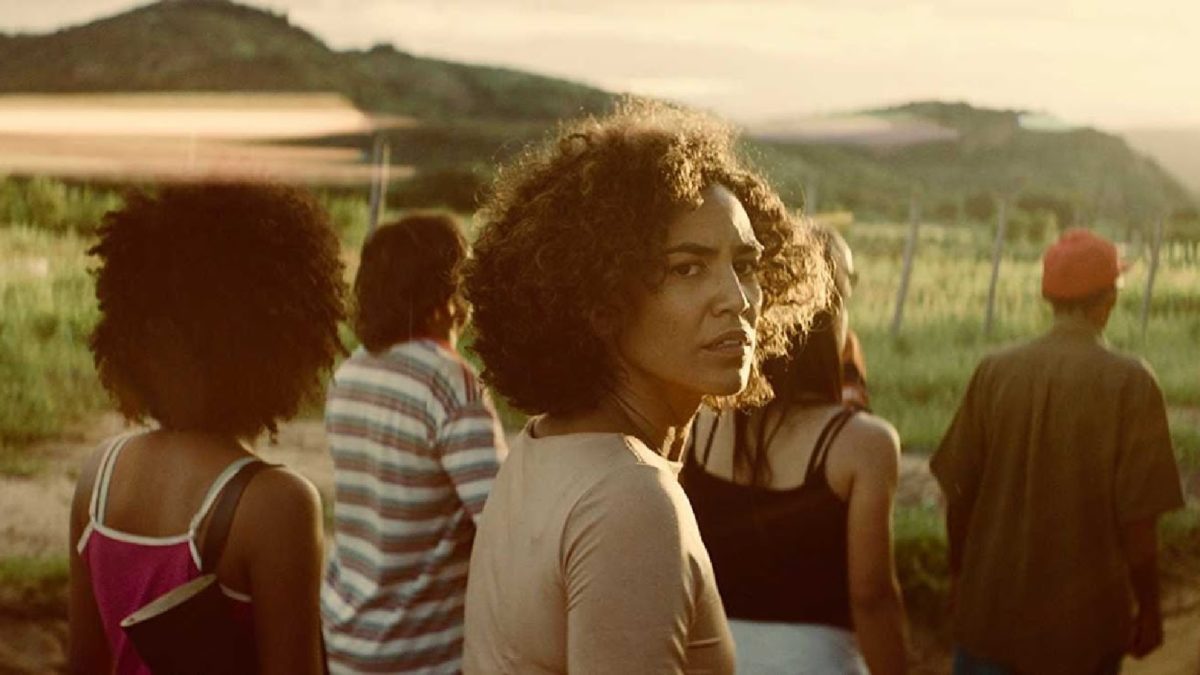
Shot by Pedro Sotero, the Brazilian Western Bacurau eases into its story before flipping you and its inhabitants upside-down—whiplash included. Combining striking landscape and moments of stillness with graphic violence, this genre-shifter uses the fullness of its setting to create a surreal, psychedelic sense of place. Sotero’s gorgeously weird work gives you room to breathe, gasp, cheer, and look away as blood starts flowing. – Michael F.
Bloody Nose, Empty Pockets (Bill Ross IV and Turner Ross)
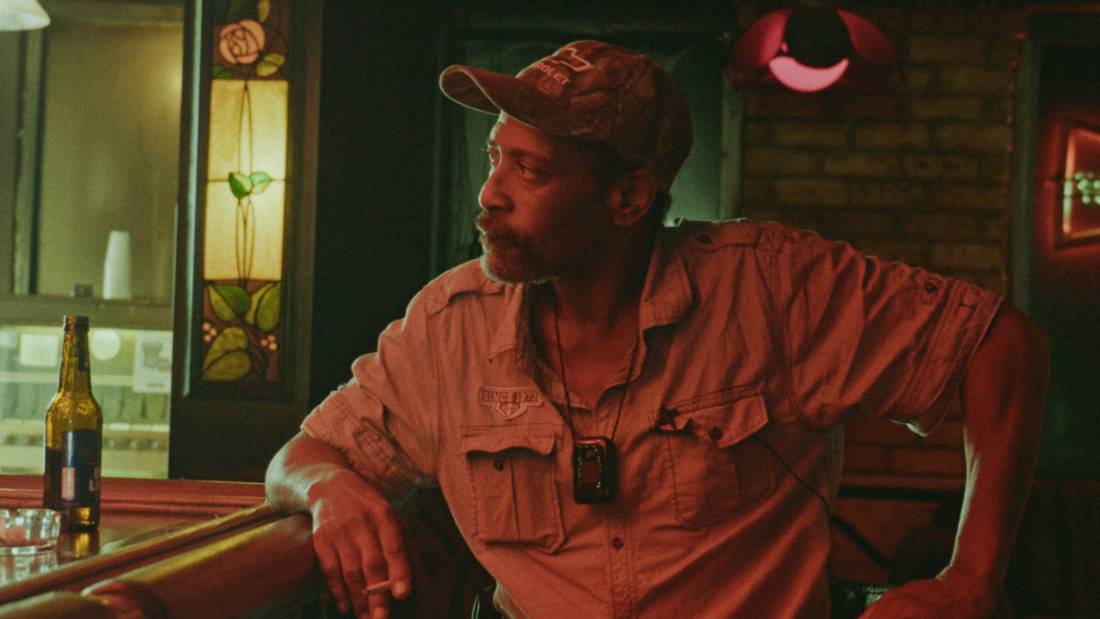
The camera of Bloody Nose, Empty Pockets is rarely still, capturing every centimeter of its doomed bar as more idiosyncratic souls arrive for a final drink. As the night progresses, the Ross brothers’ photography starts to feel like it’s eroding alongside the physical space; textures become hazier, shots more expressionistic. By the end, the artifice of its construction captures something profoundly real: the intense desperation to prevent fate, especially when there’s nothing left to do. – Logan K.
Divine Love (Diego Garcia)
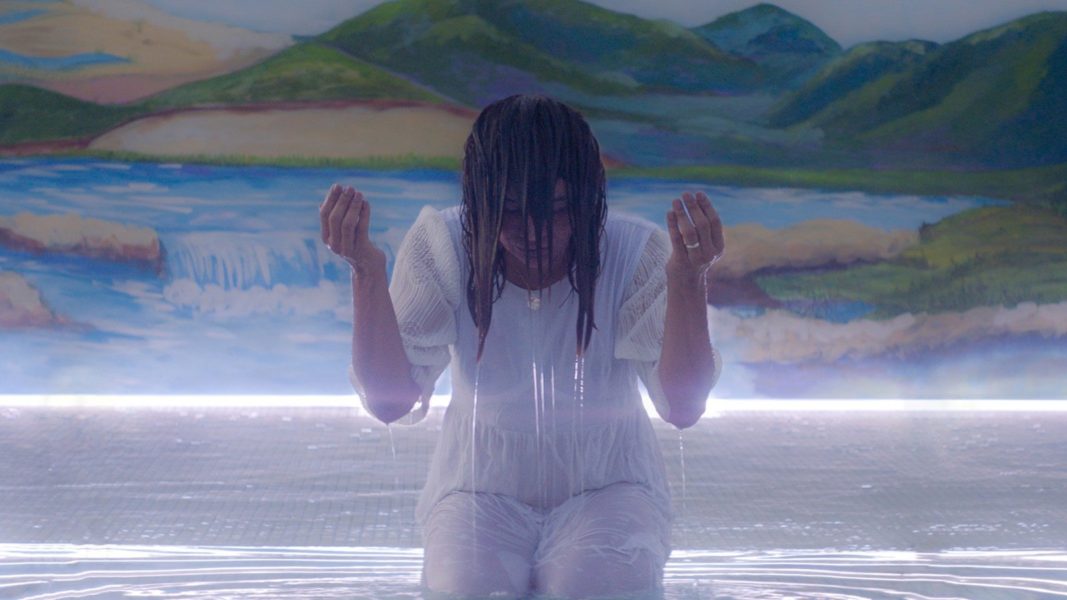
Divine Love introduces its near-future world with captivating kaleidoscope imagery and lighting that sensually draws one into the intimate story director Gabriel Mascaro and cinematographer Diego Garcia have crafted. A world in which Evangelical Christianity has seeped into every facet of modern-day life, Mascaro and Garcia imbue their dystopian world in striking neon hues to capture a world enveloped in fundamentalism. It’s a visual splendor for the ages. – Margaret R.
Fire Will Come (Mauro Herce)
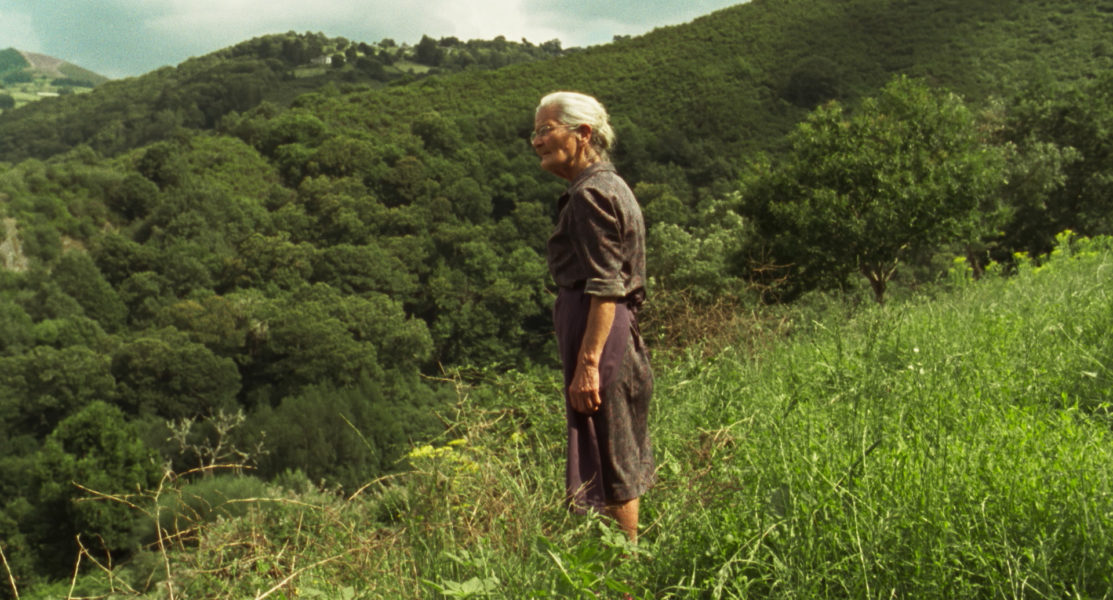
Having harnessed something truly alien with his own Dead Slow Ahead, Mauro Herce returns as cinematographer for Oliver Laxe’s third feature. Sure, it looks great in terms of color palette and framing, but that’s not necessarily what sticks out. Herce’s 16mm work here constantly oscillates in depth and texture. Some shots appear overexposed, some underexposed, weaving smooth and grainy visuals that, alongside the soundscape, make for something as overpowering as it is naturalistic. – Matt C.
First Cow (Christopher Blauvelt)
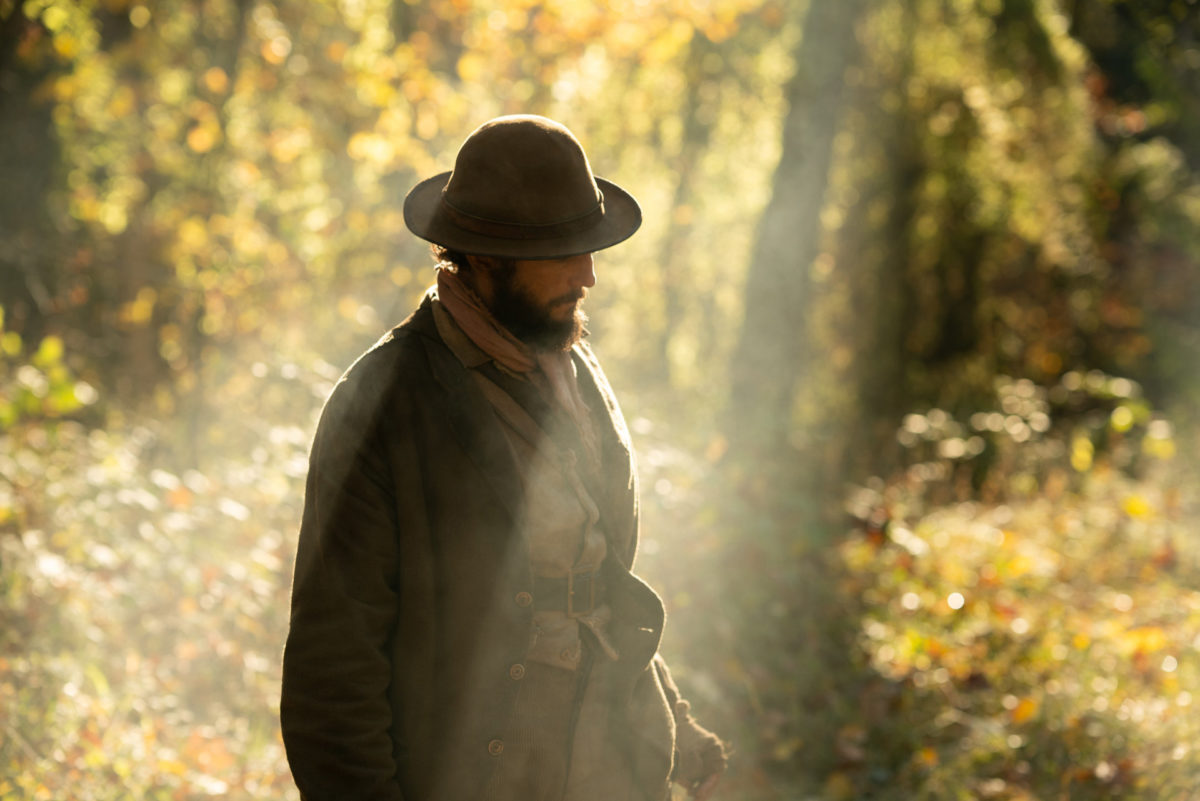
First Cow captures the wilderness of America perfectly: a time before colonialism had completely overhauled the lands, and when settlers’ structures were blemishes on the landscape instead of embedded within it. Kelly Reichardt and her cinematographer Christopher Blauvelt painstakingly recreate the feeling of the frontier, capturing the dingy spaces of thrown-together bars, the sprawling darkness of late night fields, and the quiet, loving connection between the two men at its center. – Logan K.
I’m Thinking of Ending Things (Łukasz Żal)
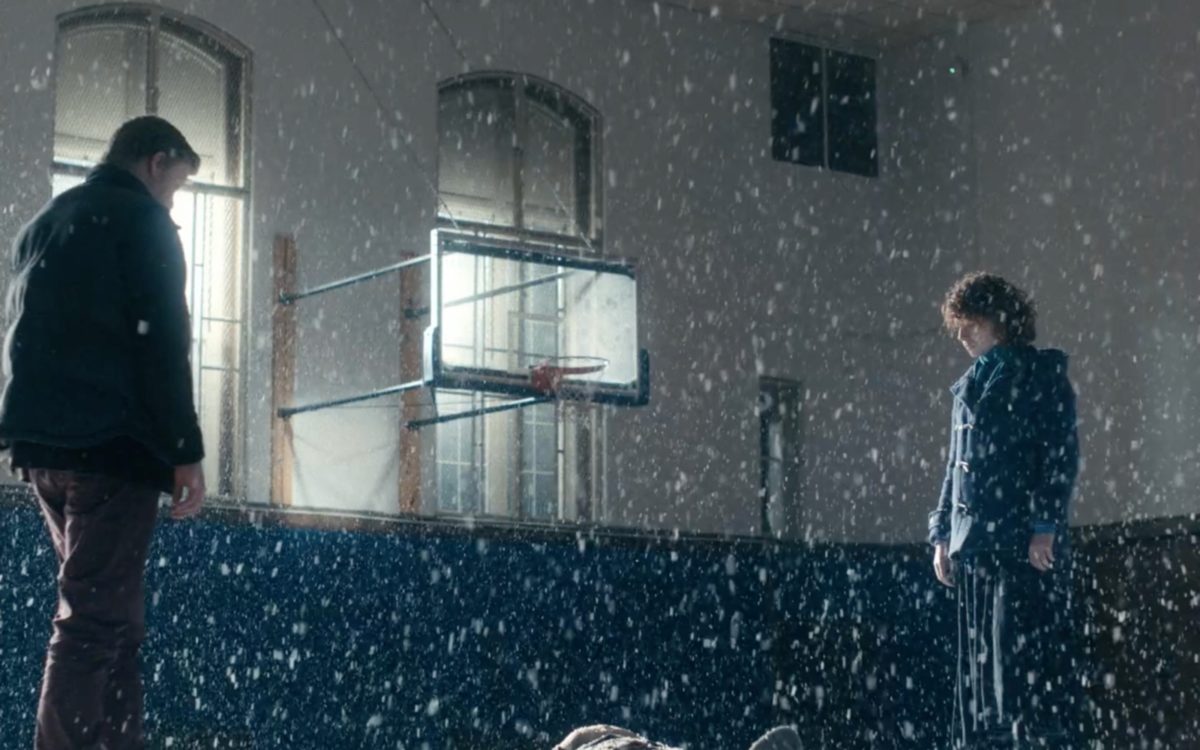
Charlie Kaufman’s mind-boggling I’m Thinking of Ending Things takes place in a psychological rather than literal space, which is communicated by Łukasz Żal’s arresting cinematography. In a 4:3 frame, he shoots a glorious dream ballet and a chilling musical number. Perhaps most impressive: making a car ride in a snowstorm feel like descending into hell, as the landscape outside the vehicle slowly transforms from a countryside lane to a deep pit of blackness. – Orla S.
Liberté (Artur Tort)
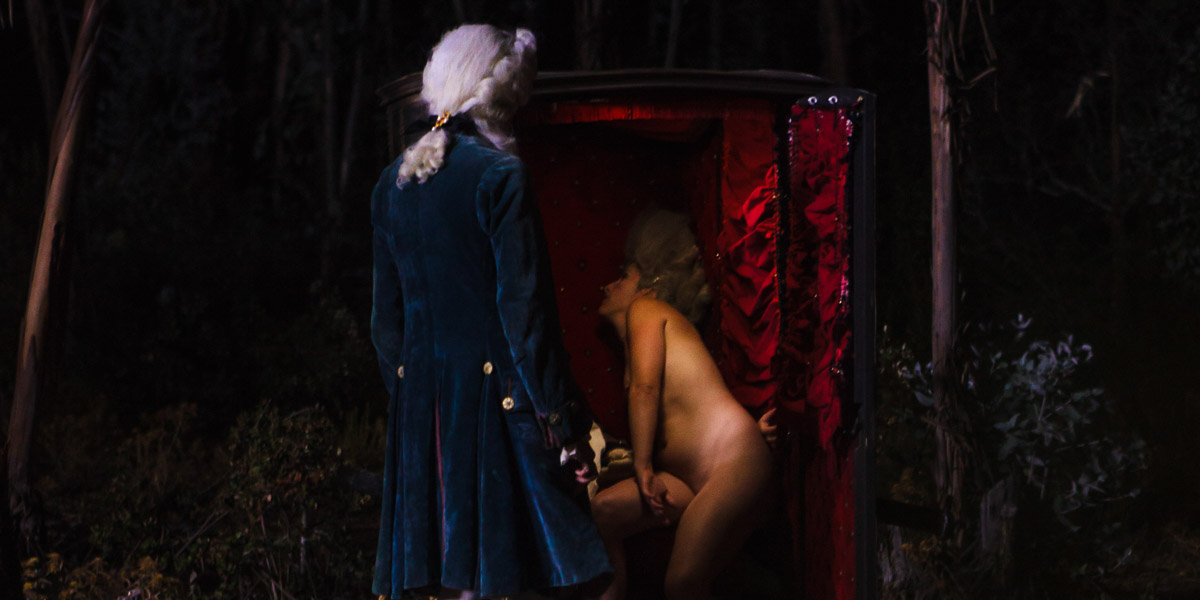
Libertè, a tale of post-French Revolution bourgeoise depravity, is photographed in candescent moonlight by Artur Tort. If there’s a film that tops the 2020 list for exquisite, beautiful, and disturbing compositions, I could only think of Brandon Cronenberg’s Possessor as a close second. It’s like a dirty, grainy fever dream of erotic exploration as bodies are framed perfectly in the French wilderness, like beasts uncovering each other in the night with the moon as their only means of visibility. – Erik N.
La Llorona (Nicolás Wong)
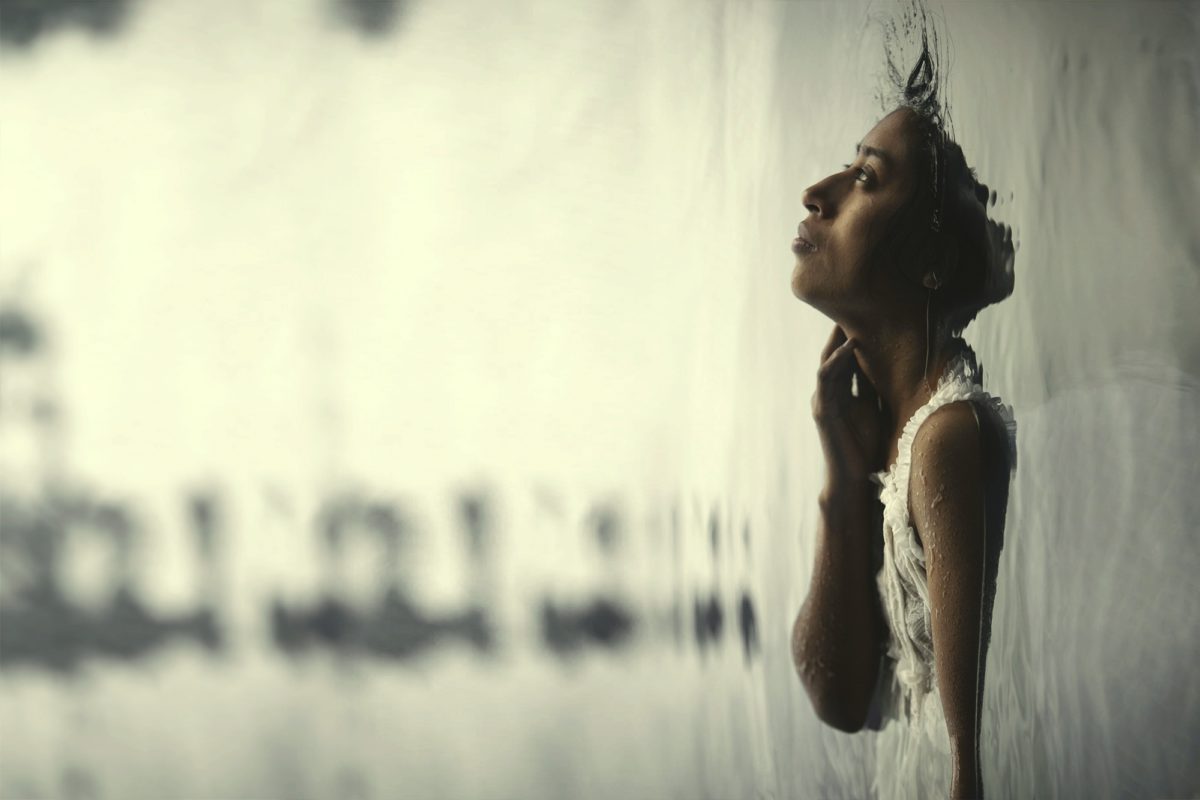
There are moments in Jayro Bustamante’s political horror film La Llorona, where Nicolás Wong’s camera seems to emulate the mythical ghost of the title and proceed to weep perhaps to avoid seeing the many atrocities unfolding. A masterclass in chiaroscuro, Wong’s sensitive lens allows for the nuances in Guatemalan sociopolitical situation to be represented by the weathered looks of those who remain, and the disturbing beauty of those who seek justice from beyond the grave. – Jose S.
Lovers Rock (Shabier Kirchner)
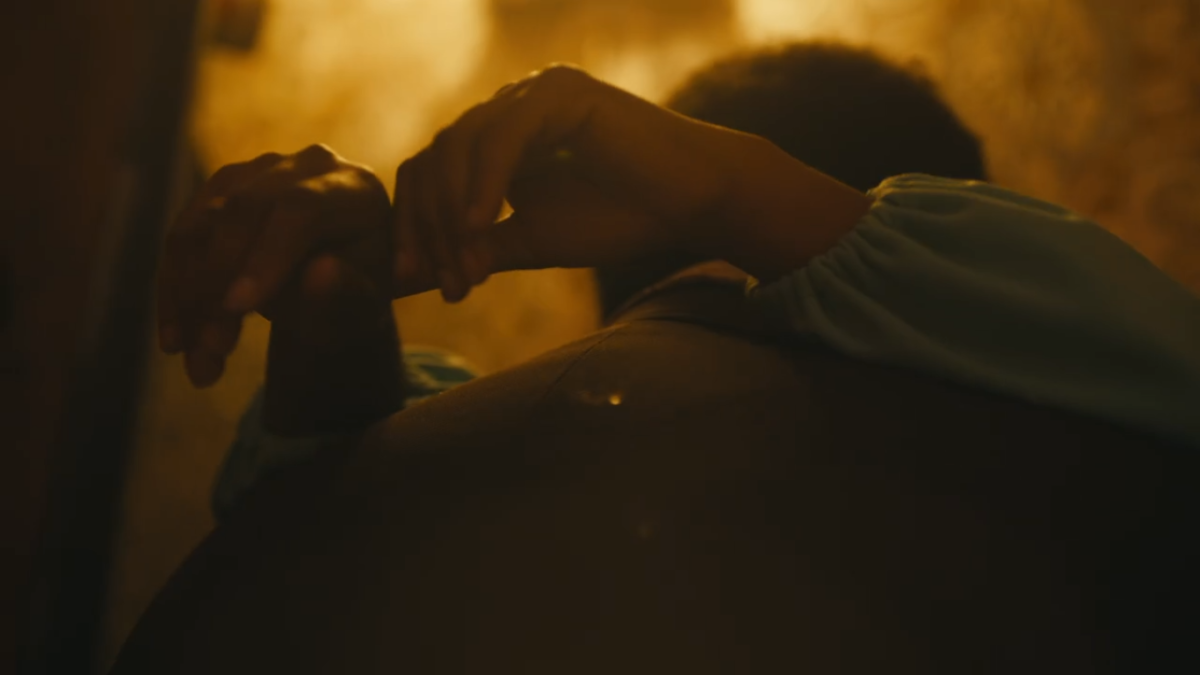
Steve McQueen’s Lovers Rock is about the elegance of dance and the beauty of bodies in synchronization. Shabier Kirchner’s camera glides in the midst of this community, capturing the joy in their faces during acapella renditions of beloved songs. It captures such vibrance within a limited space, showing how indescribable connections can be formed just through moving your body to a beautiful song. It might not last forever, but in the moment it feels eternal. – Logan K.
Mank (Erik Messerschmidt)
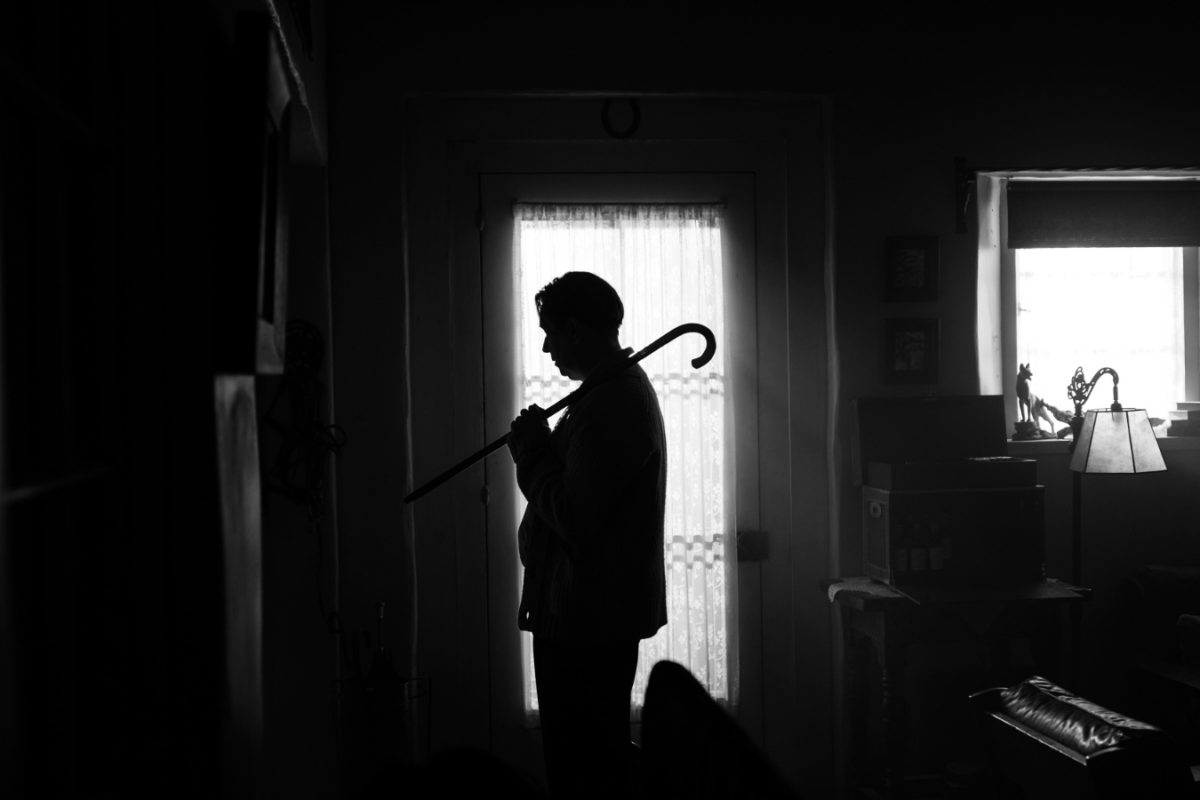
Beginning his collaboration with David Fincher as a gaffer on Gone Girl, cinematographer Erik Messerschmidt’s third collaboration with the director has now arrived nearly a decade later. Mank follows alcoholic screenwriter Herman J. Mankiewicz in his mad dash to finish the script for Citizen Kane, and Messerschmidt’s playful interpolation of Gregg Toland’s iconic cinematography is a sight to behold in every frame. Read my full interview with the cinematographer. – Josh E.
Martin Eden (Alessandro Abate and Francesco Di Giacomo)

Much of Martin Eden’s brilliance stems from its use of texture to bring out the fascinating, alluring contradictions of its temporal setting and narrative, and key to this is the cinematography by Alessandro Abate and Francesco Di Giacomo. In keeping with past Pietro Marcello films, it is vibrantly filmed in 16mm in bright pastel shades, interspersing footage distressed to look like archival fragments. It is as fluid as the film itself and uniformly gorgeous. – Ryan S.
The Nest (Mátyás Erdély)

Horror lurks around every corner of the Surrey mansion inhabited by Rory (Jude Law) and Allison (Carrie Coon). Durkin reunited with cinematographer Mátyás Erdély (Southcliffe) for the acclaimed marital drama, Durkin’s sophomore feature nine years after his debut Martha Marcy May Marlene. Together they created a film brimming with ’80s aesthetic, intentional distance, wide-windowed views, and a creeping feeling of the walls closing in, or terror without the traditional monsters. – Michael F.
Never Rarely Sometimes Always (Hélène Louvart)
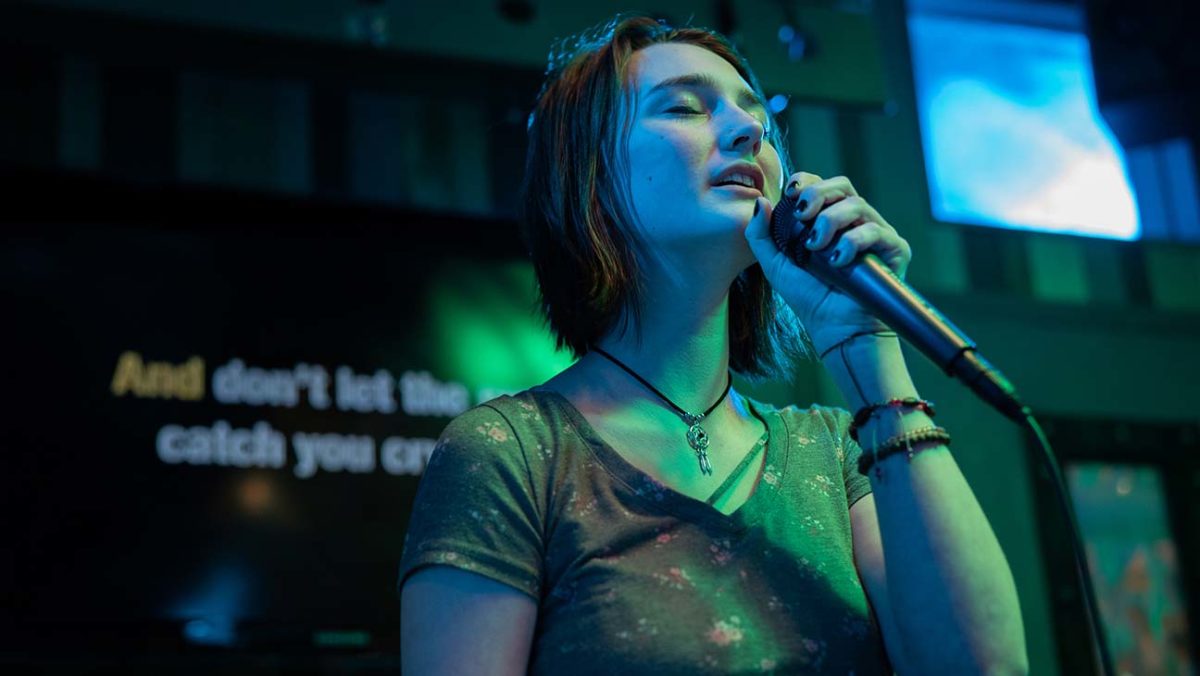
In Never Rarely Sometimes Always, Eliza Hittman and cinematographer Hélène Louvart shoot New York in a colossally overwhelming way. Both protagonists are thrust into this alien world, drifting between bus stations and abortion clinics as the camera trembles around them. In spite of all the terror, there is grace in how their hands are shot gripping onto each other. It just sits there, capturing those little moments of consolation when they’re needed most. – Logan K.
Nomadland (Joshua James Richards)
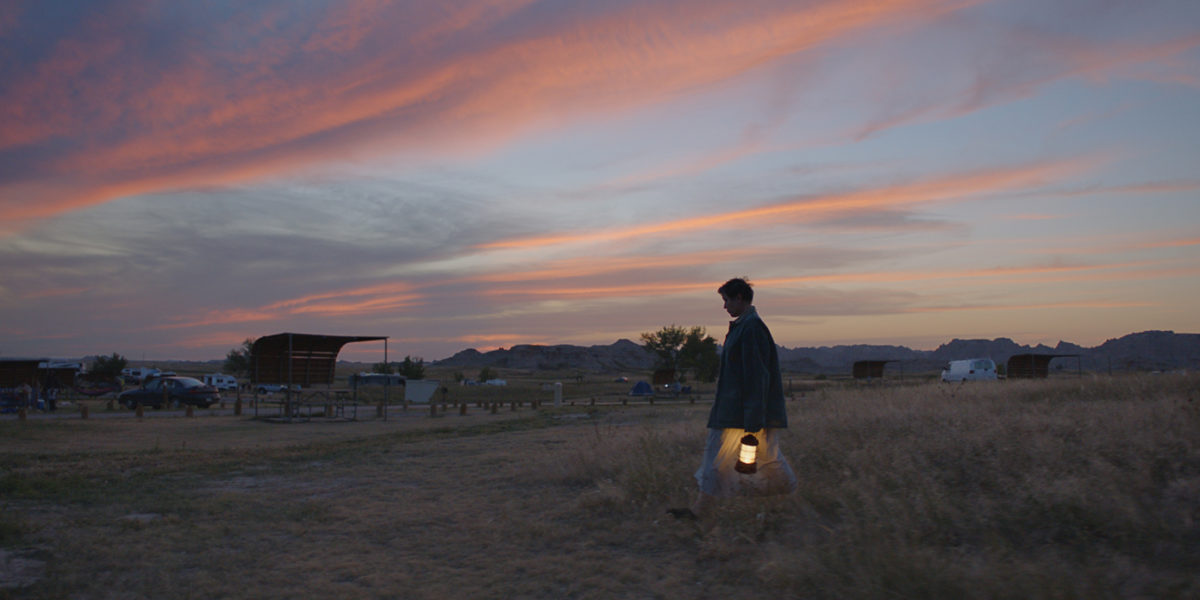
Nomadland is breathtaking. Not since To the Wonder has the American landscape been captured with such effortless transcendence. Whenever outside, Chloe Zhao and cinematographer Joshua James Richards capture the beauty that the nomads embrace every day, contrasting it with the overwhelming isolation of interiors. With just a few shots, Nomadland conveys the weight of standing in a place defined by your loved one, how empty it feels when they’re no longer there with you. – Logan K.
Possessor (Karim Hussain)
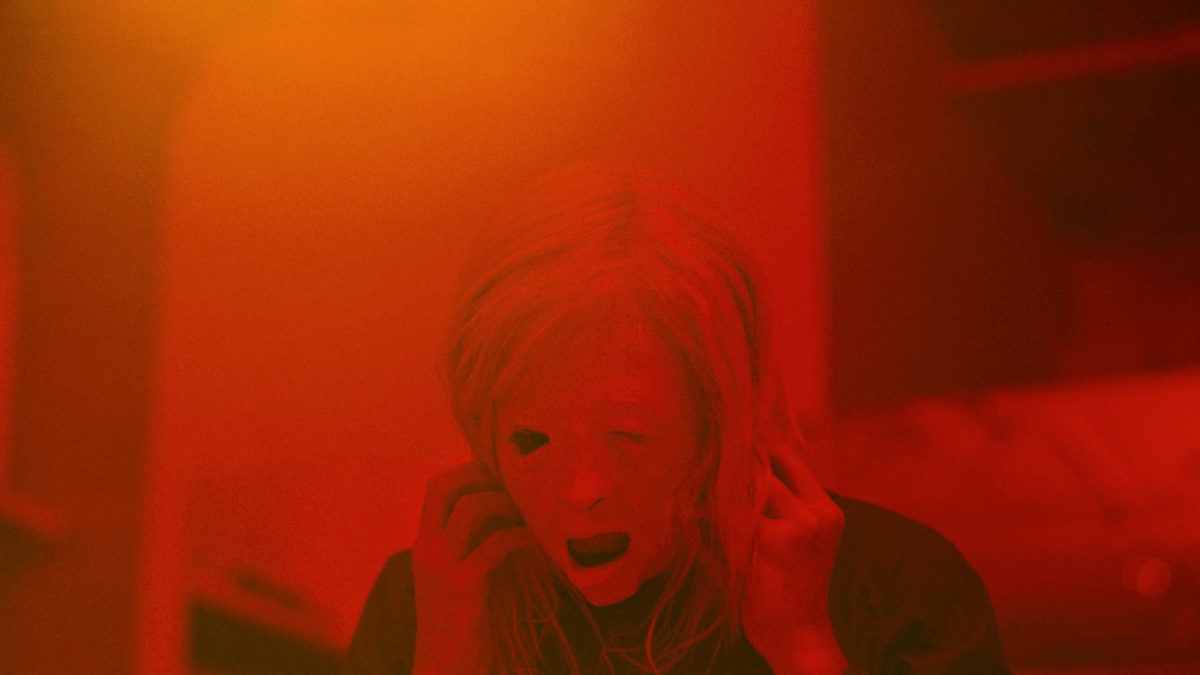
Brandon Cronenberg’s Possessor continues the visual language of his previous film Antiviral, utilizing daunting interiors to highlight the paranoia and instability of his protagonists. He and cinematographer Karim Hussain implement striking reds and psychedelic imagery, contrasting them against the rigidity of the environment to create a collapsing sensation. There is no single relaxing image here, with individual shots of suburban streets and high-rise apartments containing as much unease as the violence itself. – Logan K.
She Dies Tomorrow (Jay Keitel)

An unsettling film in any year, let alone one of the most difficult in human history, Amy Seimetz’s She Dies Tomorrow is a masterfully constructed psychological thriller that plays like a death march into the unknown. Director of photography Jay Keitel renders the unknown with a series of shots bathing subjects on the cusp of death in hypnotic neon lights from the film’s opening shot (an extreme close-up of Amy’s eyes) to the dessert landscapes of what in normal times might be a happy place to live as Kate Lyn Sheil’s Amy sorts through the artifacts and demons. Keitel and Seimetz have an uncanny way of framing domestic scenes, offering often unsettling compositions that subtly violate the rules of visual comfort. – John F.
Swallow (Katelin Arizmendi)
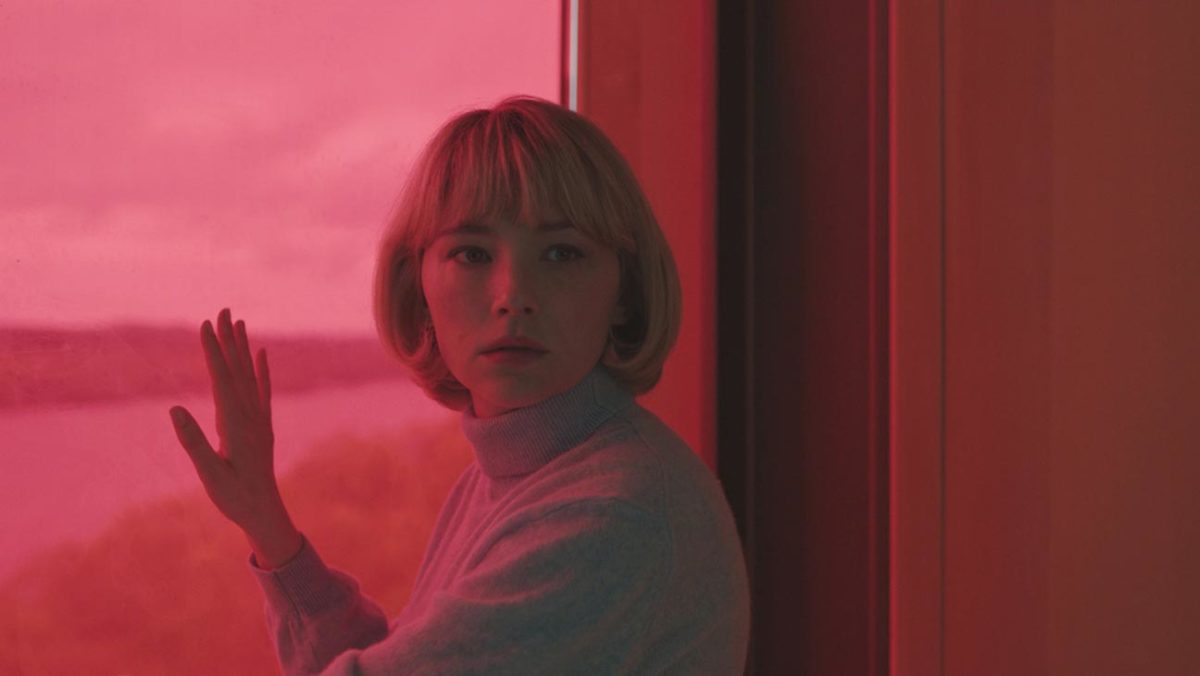
Swallow follows Hunter (Haley Bennett), a housewife who develops a compulsion to swallow household objects. Cinematographer Katelin Arizmendi’s camera embodies Hunter’s imprisonment: gorgeous, static shots place Hunter in deep focus, so she looks like just another piece of furniture; sometimes Arizmendi shoots through doorways so Hunter appears to disappear into the walls. When Hunter rebels, the camera becomes handheld and intimate, breaking the film’s visual rules as Hunter breaks from her strict societal role. – Orla S.
Tesla (Sean Price Williams)

The year’s most anachronism-happy movie can’t help looking neither here nor there. Photographed by Sean Price Williams in warm and hazy tones on Sony’s CineAlta Venice, Tesla blends turn-of-the-century fabrics and light fixtures with matte landscapes and MacBook Pros—beautiful without assuredly settling itself into a single aesthetic mold. – Nick N.
To the Ends of the Earth (Akiko Ashizawa)
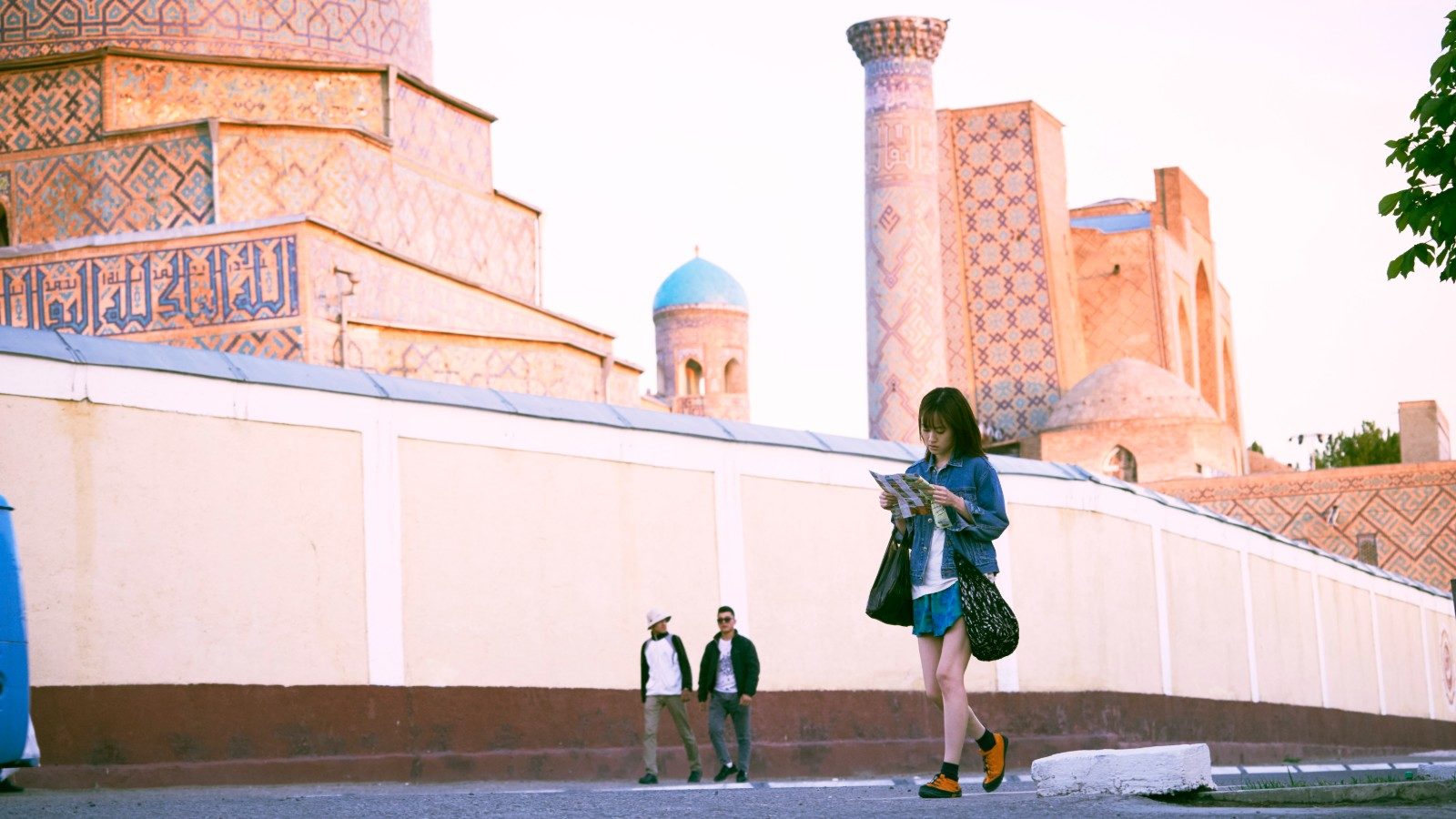
After some time of Kiyoshi Kurosawa’s To The Ends of the Earth utilizing the immaculate landscapes of Uzbekistan to capture his protagonist’s anxieties, it retracts in scope. Through Akiko Ashizawa’s cinematography it captures the horror of waiting to hear if the person you love is alive through a simple shot of Atsuko Maeda sitting in her hotel room, the only light coming from her phone screen. It feels like the limbo is eternal as she waits in the darkness, staring and staring until the night fades away. – Logan K.
The Vast of Night (M.I. Littin-Menz)

Invoking nostalgia for the 1950s through sepia-tinged tracking shots, this Twilight Zone riff is a consistently beautiful film to observe: cinematographer Miguel Ioann Littlin Menz’s roaming shots, moving throughout the New Mexico town, collapse space between characters miles apart, expanding the scope of a film that, at its heart, is a series of conversations between two characters. Yet their boldest decision excises visuals entirely during a key moment, when an interviewee recounts a possible alien invasion. As the man tells his story, Menz fades to black, relying only on voiceover for viewers to construct their own interpretation. For such an overtly stylish film, Menz’s camera never forgets the story at the center, sacrificing bold long takes for complete darkness, knowing just what not to show to the audience. – Cristian G.
Vitalina Varela (Leonardo Simões)
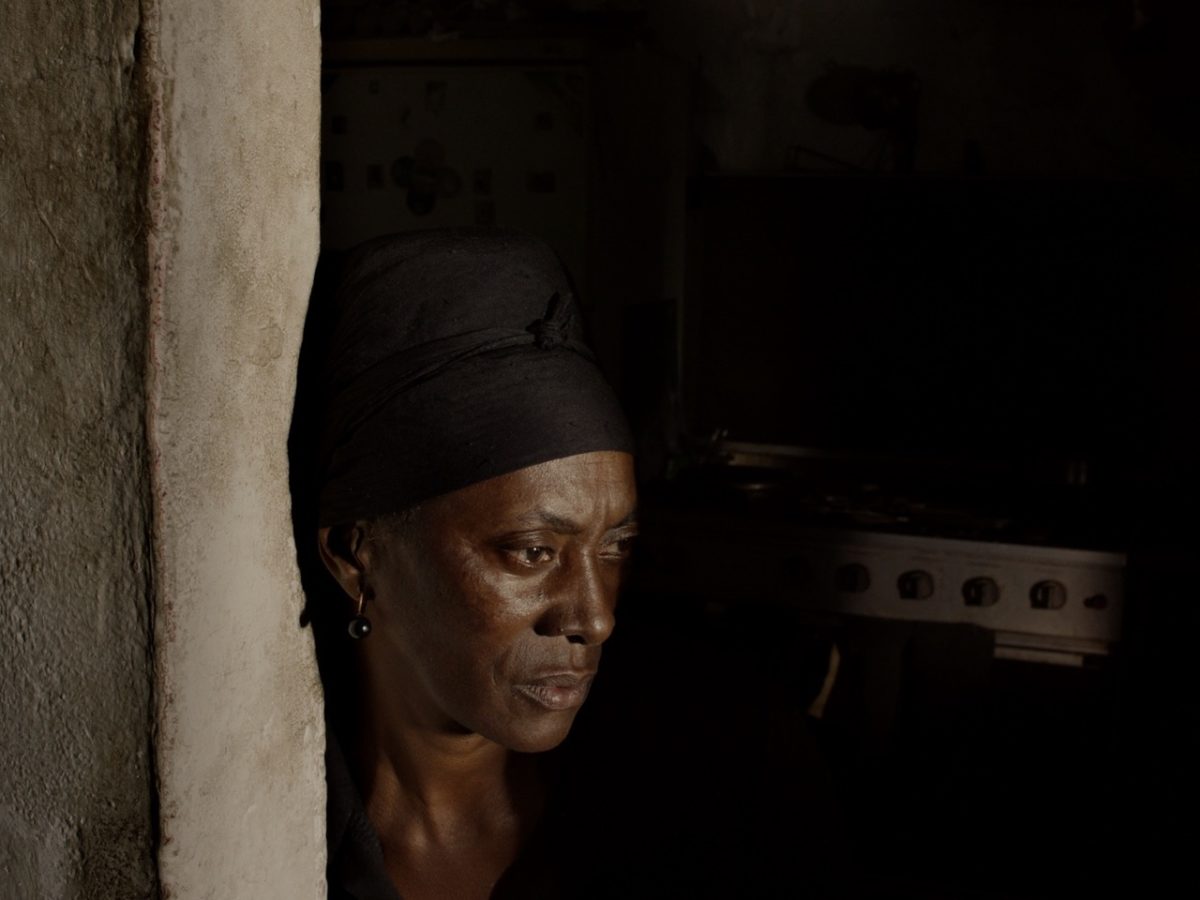
Pedro Costa’s films are testaments to shadow and rot. Vitalina Varela is a perfect example, utilizing each frame to emphasize Vitalina’s overwhelming situation, dragging her further into darkness as the extent of impoverishment and grief sinks in. Yet what makes the cinematography sing is how light is captured after eons of its absence. Every color looks radiant, every face brightened by the rays of the sun. Even after all the horrors, there is hope. – Logan K.
The Wild Goose Lake (Dong Jinsong)
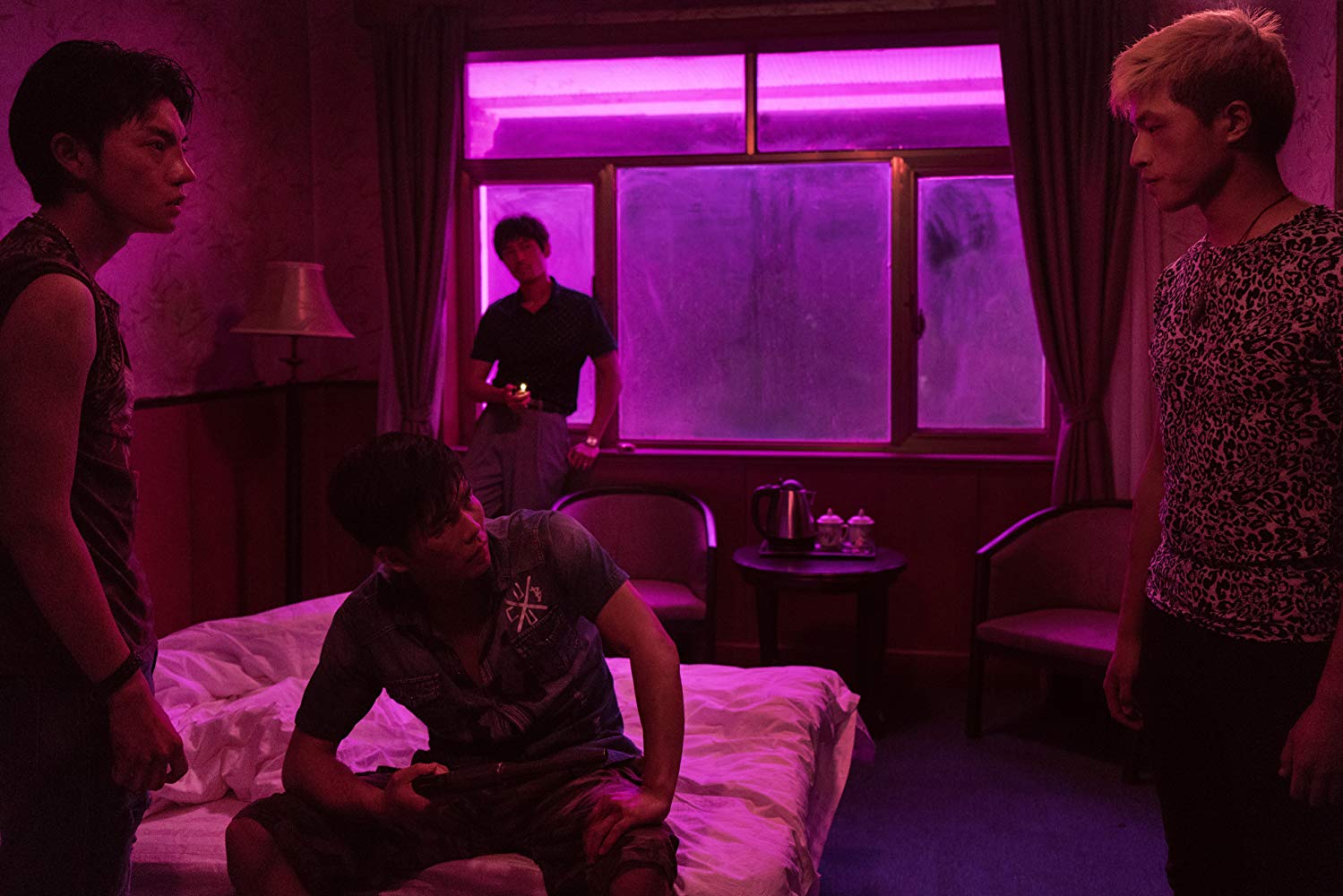
Lovers of east Asian crime cinema are easy marks for what The Wild Goose Lake sells, but looking merely a mite deeper will reveal a visual interest more profound than neon lights or rain-slicked streets—rarely in 2020 cinema did the night feel so enveloping and menacing, or movement more readily foretell a savage violence. Diao Yinan continues presenting himself as one of contemporary China’s shining figures. – Nick N.
Zombi Child (Yves Cape)
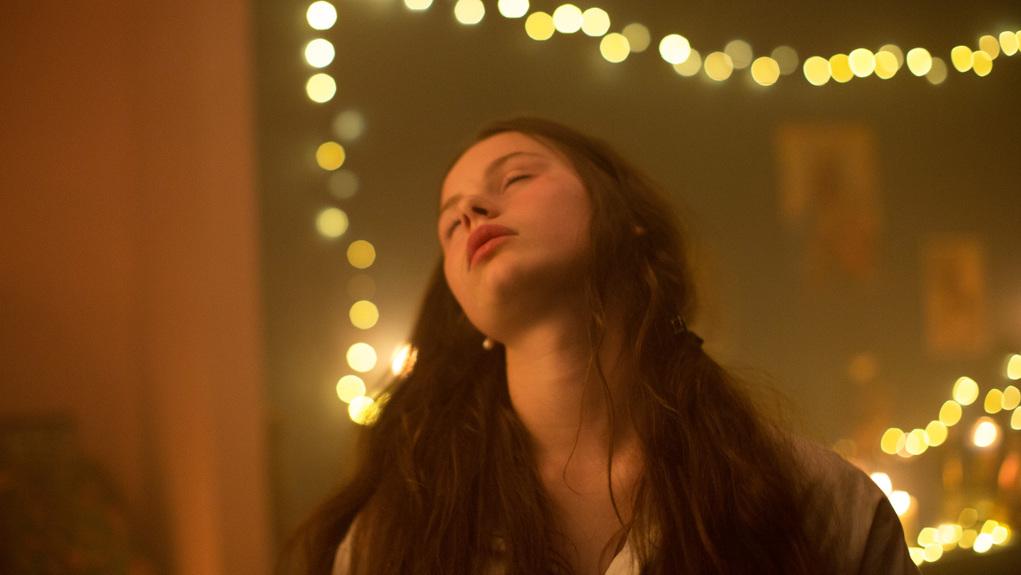
To shape a subjective and experiential cinema between the wilds of 1960s Haiti and a contemporary French boarding school—the blackest of nights, the comfiest of bourgeois trappings—constitutes a remarkable achievement. If there will be a future cinema indebted to Twin Peaks season three, Zombi Child‘s our bellwether. – Nick N.
Honorable Mentions
The 40-Year Version
The Assistant
Beanpole
Da 5 Bloods
Free Time
Ham on Rye
Let Them All Talk
Minari
The Painted Bird
Proxima
Spinster
Tenet
The Truffle Hunters
